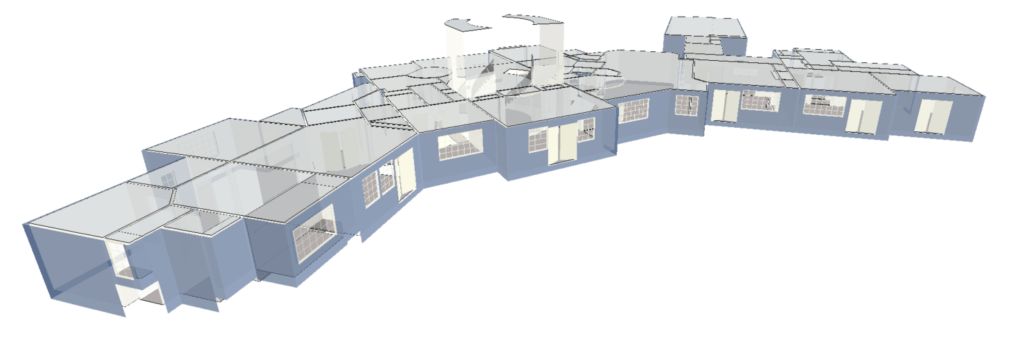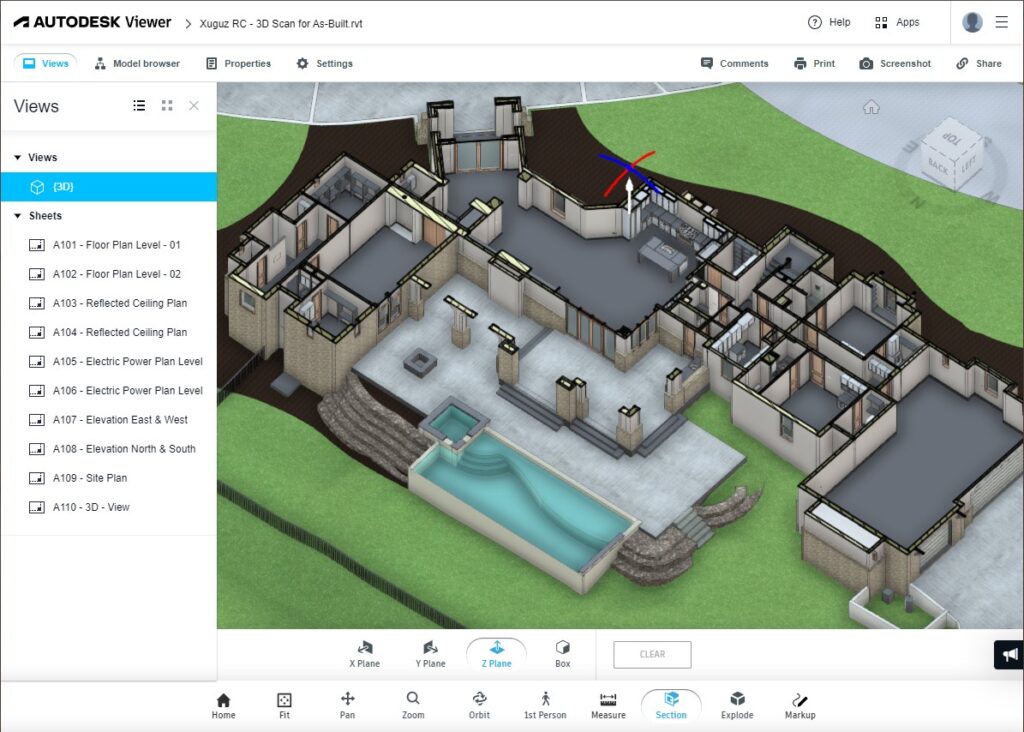Building Information Modeling (BIM) has revolutionized the AEC (Architecture, Engineering, and Construction) industry. However, clear communication and collaboration are still crucial for successful projects. This is where Level of Development (LOD) comes in.

What is LOD?
LOD is a standardized framework that defines the detail and information included in a BIM model at various project stages. It ensures everyone involved has the same understanding of the model’s content and reliability.
Why Use LOD?
Traditional design phases can vary between companies and building systems progress at different rates. LOD provides a project-agnostic approach, ensuring clear communication regardless of the design phase.
The Different Levels of Development
The American Institute of Architects (AIA) defines six LOD levels, each outlining specific requirements:
- LOD 100 – Conceptual: Basic symbols represent elements with approximate information.
- LOD 200 – Approximate Geometry: Elements are generic with approximate size, shape, and location.
- LOD 300 – Precise Geometry: Elements have specific details with attached non-graphic information.
- LOD 350 – Precise Geometry with Connections: Includes detailed system information and connections to other systems.
- LOD 400 – Fabrication-ready Geometry: Provides detailed information for fabrication and installation.
- LOD 500 – Operational/As-built Models: Represents the final, verified building with size, location, and associated information.

Benefits of Using LOD
- Improved Collaboration: Clear specifications ensure everyone has the right information at each stage.
- Reduced Errors: Standardized details minimize discrepancies and rework.
- Efficient Resource Allocation: Teams can focus resources where they’re most needed.
- Clear BIM Deliverables: Owners and designers understand the level of detail expected in the final BIM model.
Conclusion
LOD is a powerful tool for successful BIM implementation. By establishing clear expectations and promoting collaboration, LOD helps ensure project goals are met and avoids costly errors. Understanding and utilizing LOD is essential for maximizing the benefits of BIM in any AEC project.
